Did you know that cacti and succulents have soil, light, and water requirements? While both succulents and cacti store their own water, you can’t simply put them in a sunny corner and forget about them. These seemingly autonomous plants have some specific needs that may come as a surprise to you.
gardeninginfo-online.com gathered essential species information and growing tips to help you care for your cacti and succulents.
Succulent and Cactus Definition
In botany, succulent plants are those that have thick, fleshy parts (with a swollen appearance) that have the capability and are meant to retain water. By this definition, all cacti are considered succulents. However, not all succulents are cacti.
One of the principal differences lies in what are called areoles. Areoles, found on true cacti, appear to be small wads of cotton that roots, spines, and flowers grow from. Some succulents have spines, but look closely, they won’t have areoles.
Succulent and Cactus Soil Requirements
The soil succulents and cacti need to thrive is not the same as your typical garden soil. This soil must physically support the plant, retain some moisture and nutrients, and should be porous so that water is absorbed easily, then drained away quickly.
Succulent and cactus roots experience an essential and rapid exchange between water and air, which cannot take place when water is excessive.
While there is no perfect combination for the ideal soil, the following mix will support healthy growth. Examples of good soil mixes are:
• 2 parts potting soil
• 1 part perlite
• 1 part small gravel
Or,
• Equal parts potting soil and perlite
The following soil tips will help you get the soil right for your succulents and promote their continued good health:
• If sand is used in the mixture, use horticultural grade coarse sand. Finer non-horticultural sand will compress and harden, and likely contain salt among other impurities, making water drainage more difficult and potentially damaging your plants.
• You can test your soil by wetting it and squeezing it with your hands. If the soil mixture crumbles easily and loosely, you got it right. If it forms a ball or a lump, you may need to add more perlite, gravel, or sand.
• To further promote their good health, your succulents and cacti should be repotted with the appropriate soil every two years.
• As available soil components may vary in texture from region to region, you may need to experiment with several combinations to get your soil to the desired consistency.
Succulent and Cactus Water and Fertilizer Needs
To understand the need for water and fertilizer, you must be knowledgeable of a cactus or succulent’s growing period. For the majority of succulent and cactus species, this growing period begins in spring, slows in the height of summer, and resumes growth as temperatures drop. Then in mid to late fall, the plants enter a state of dormancy.
Watering Requirements – Cacti and succulents should be watered a minimum of once per week while in their growing period. When watering, you should aim to give the soil a good soaking until you see water coming from the drainage holes of the pots.
As cold weather sets in, watering intervals should be lengthened for your outdoor plants. For those plants kept indoors, not so much. In either case, let the potting mixture dry out between watering in the colder months.
Some cacti like the brittle prickly-pear, and some succulents like Sempervivum succulents, are winter growers and will require watering and fertilizing throughout the winter months.
Avoid using tap water or water that has passed through a softening system, over time, minerals and sodium can become trapped in the soil, causing harm to the plants. Purified water or rainwater are preferred for your succulents and cacti.
Fertilizer Needs – Only fertilize your succulents and cacti while in the growing period. Cease fertilization in late summer to avoid encouraging new growth in the winter (unless they are winter hardy).
A 10-10-10 fertilizer containing equal parts of Nitrogen, Phosphorous, and Potassium diluted to one-quarter strength is ideal for succulent and cactus growth. Simply add the solution to the water for each watering.
For more info on cactus and succulent watering and fertilizing, visit csssj.org/welcome_visitors/basic_culture.html
Succulent and Cactus Light Requirements
The majority of succulent and cactus species flourish in bright light. However, intense, direct sunlight coupled with high temperatures can damage your plants.
While the amount of sunlight your plants will thrive in depends on their species, the following indicate that your plants are getting either too much or too little light:
Too Much Light – Succulents and cacti exposed to too much light may change color. Some may appear bleached or lose their color, while others may turn hues of yellow or orange.
When making a diagnosis, bear in mind that this color change may also indicate other stressors like overwatering or disease.
Scorching can occur when a plant is moved to a location with brighter light conditions, or when the weather abruptly changes to hot and sunny conditions. Scorching scars a plant for life and should be avoided.
Too little light – Insufficient lighting may cause your plant to reach for a light source (known as etiolation). To avoid imbalanced growing patterns, you can rotate the pot to help the plant grow in a more balanced fashion.
When moving a plant to a stronger light source or rotating it for balanced growth, use caution to avoid scorching the plant. Slow transitions are a vital element in allowing your plants to adapt to their new conditions.
Etiolation in plant life is typical and somewhat expected. What you are trying to avoid is a condition in which the plant is desperately leaning or reaching for a light source.
A plant grown in optimal light conditions will appear healthy and unstressed. Succulents and cacti are more inclined to flower when kept in optimal light conditions. However, depending on the species, they have differing ages at which they will bloom.
Succulent and Cactus Pest Control
While succulents and cacti are vigorous plants, they do have their pest problems. The following are common pest problems and their treatments:
Spider Mites – These pests can be found in their white webs spun close to the plant’s surface. Spider mites feed on plant sap and cause the plant to develop yellow spots which eventually turn brown.
Treat spider mite infections with a miticide, insecticidal soap, or horticultural oil like neem oil. Insecticides will have little effect as spider mites are not insects.
Mealybugs – These pests appear encapsulated in an oval-shaped cottony covering. Mealy bugs also feed on plant sap and will cause a plant to stop growing, weaken, and eventually die from rot.
For mealybug infestation control, spraying the plant with alcohol or dabbing their cottony covering with an alcohol-dipped cotton swab will dissolve the covering, leaving the insect defenseless to insecticides, neem oil, or a food-grade version of diatomaceous earth. Releasing ladybugs onto your plants can also be a very effective means of control.
Scale – These insects appear as tiny brownish spots on stems and foliage which also feed on sap. Scale infestations can weaken a plant’s health, leaving it susceptible to other insects and diseases.
Scale infestations should be treated in the same way as a mealybug infestation.
Growing Healthy Succulents and Cacti
Your succulents and cacti need your attention and have specific care requirements. Putting them in a well-lit spot is just the beginning of the care they need.
In this article, you discovered succulent and cactus species information, and growing tips to keep your plants in an optimal growth setting.
Merely putting your succulents or cacti somewhere bright and occasionally watering them will ultimately lead to their death. Proper care and treatment are required for them to thrive.
For the succulent and cactus enthusiast, you can join the Cactus and Succulent Society of America at cactusandsucculentsociety.org/ for books, DVDs, news, and journals on the various species and topics concerning succulents and cacti.
Sources:
http://cactusandsucculentsociety.org/
https://web.extension.illinois.edu/cfiv/homeowners/170119.html
https://www.washington-dc.cactus-society.org/Potting_soils.html
The post How to Care for Cactus and Succulent Plants appeared first on http://gardeninginfo-online.com.
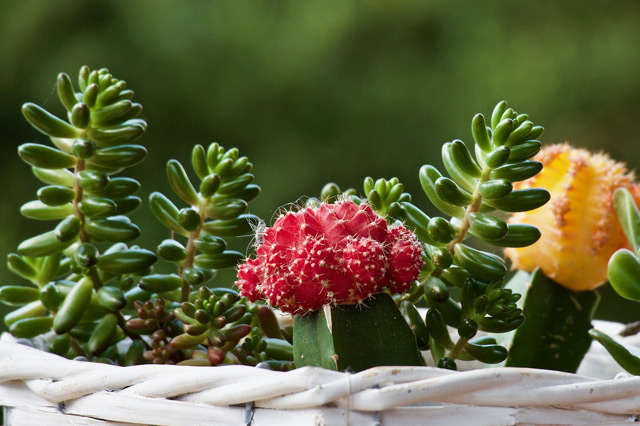
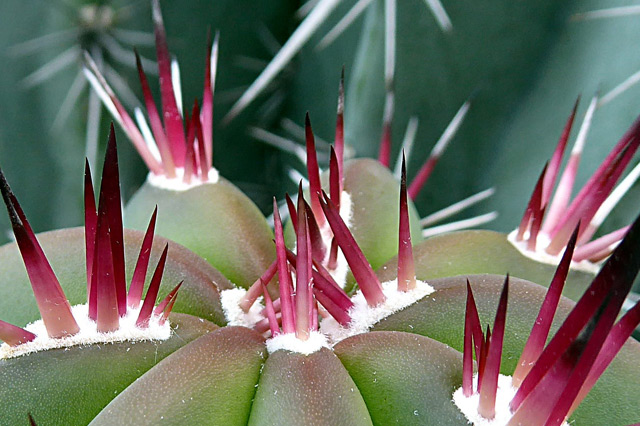
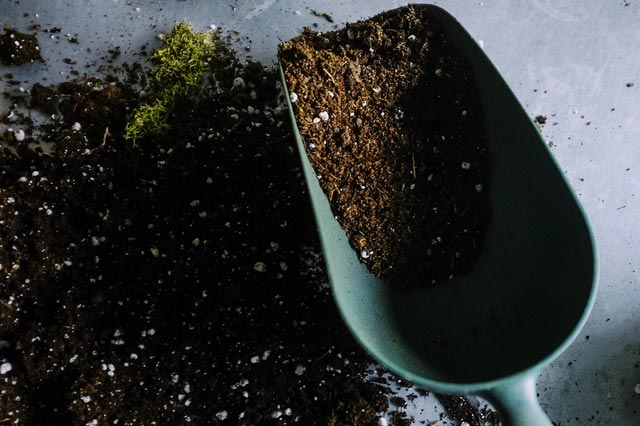
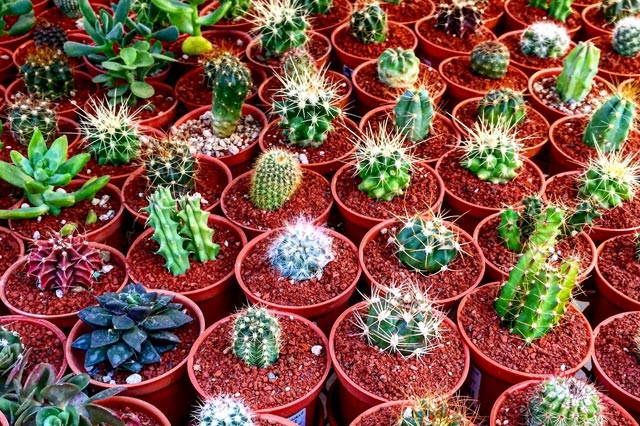
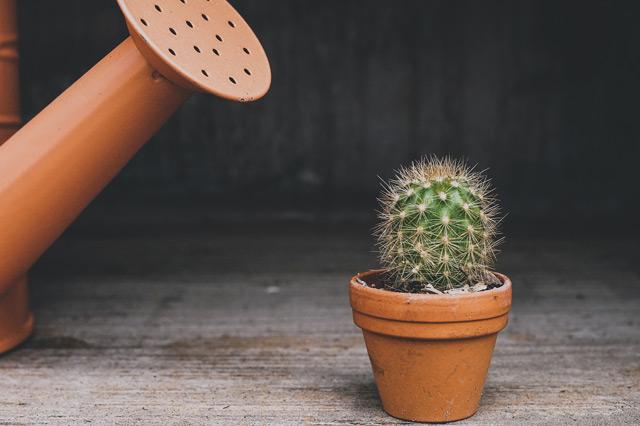
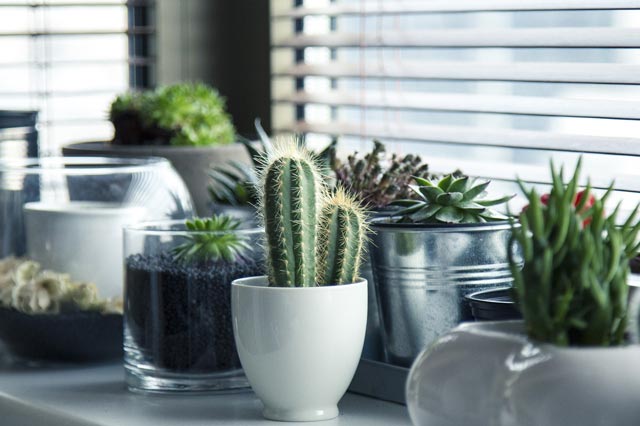
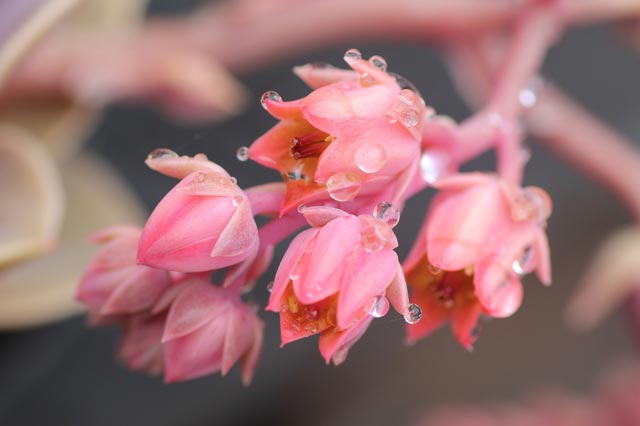
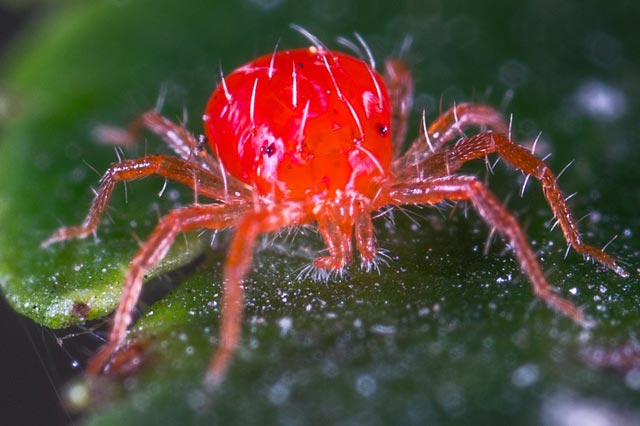
No comments:
Post a Comment